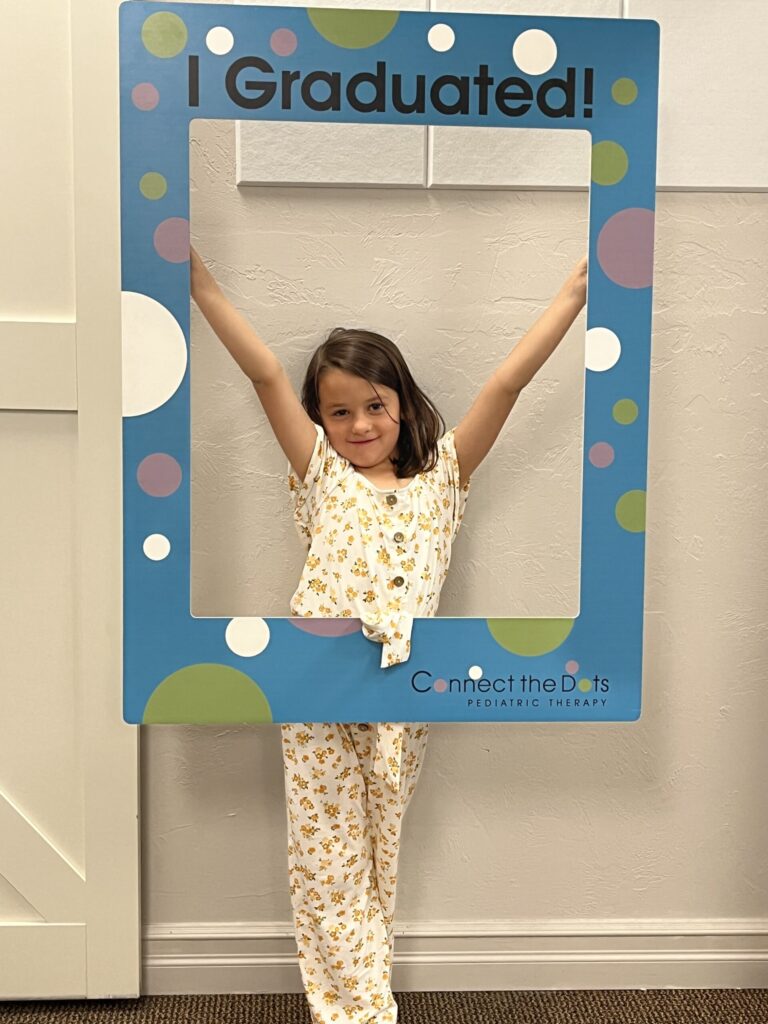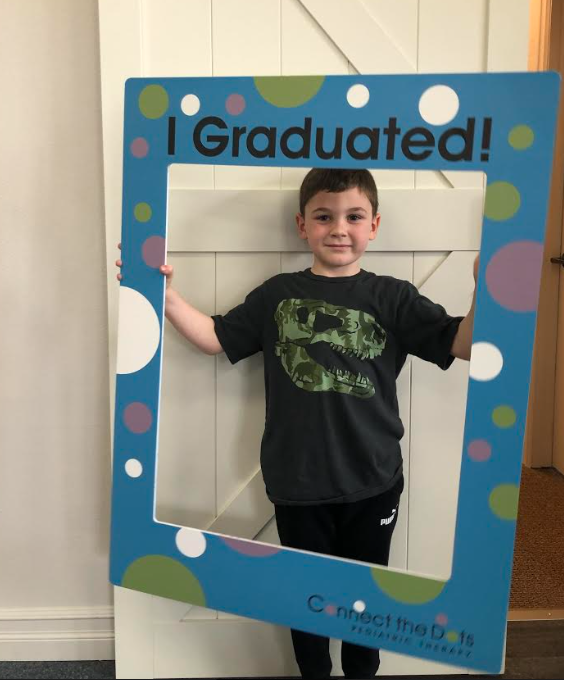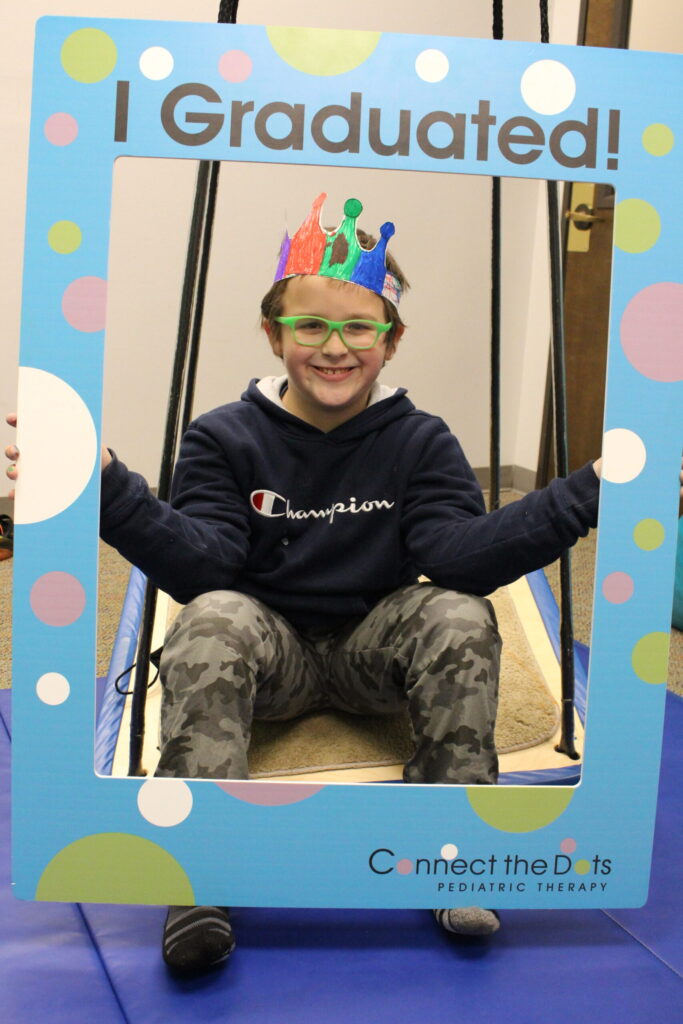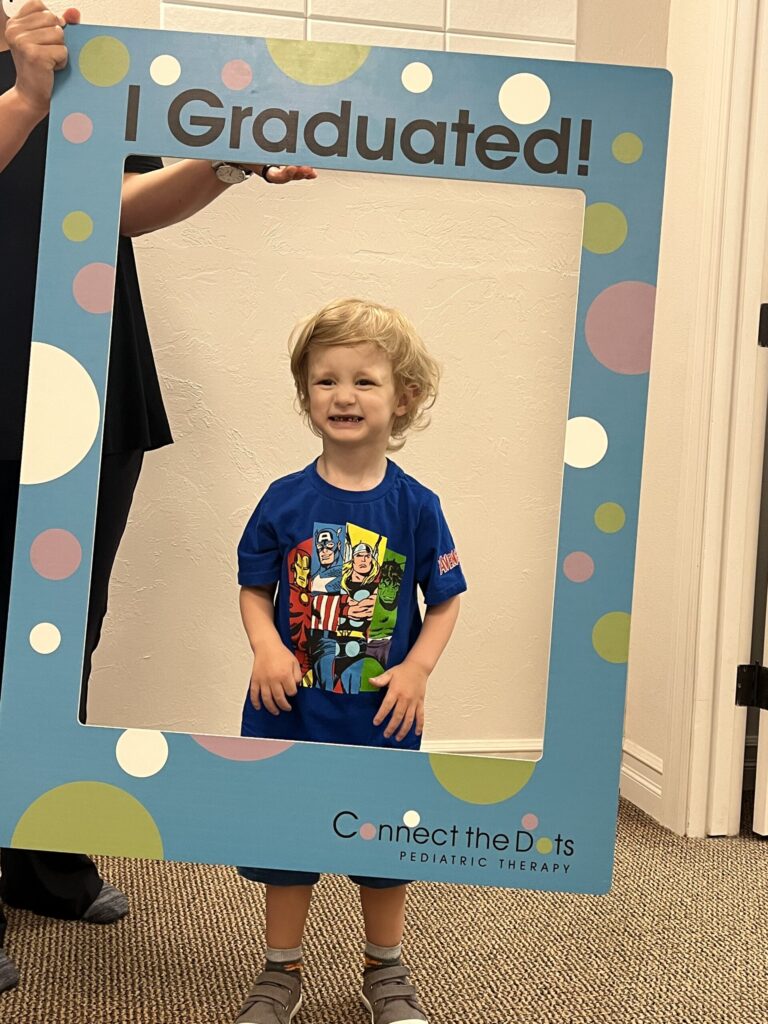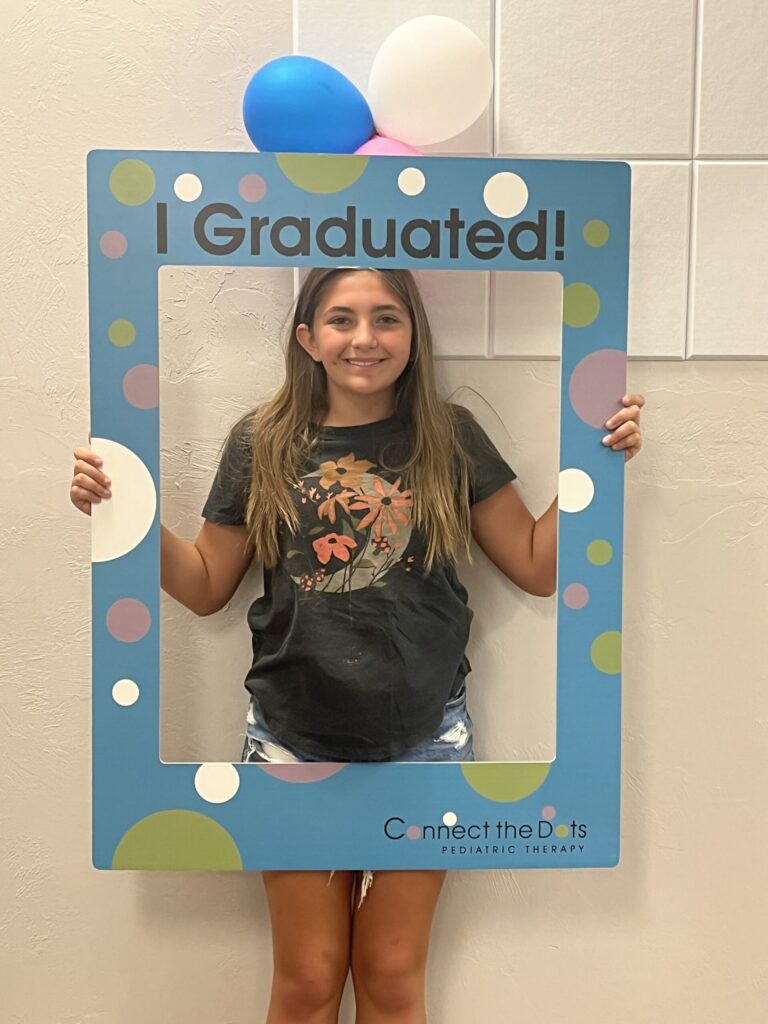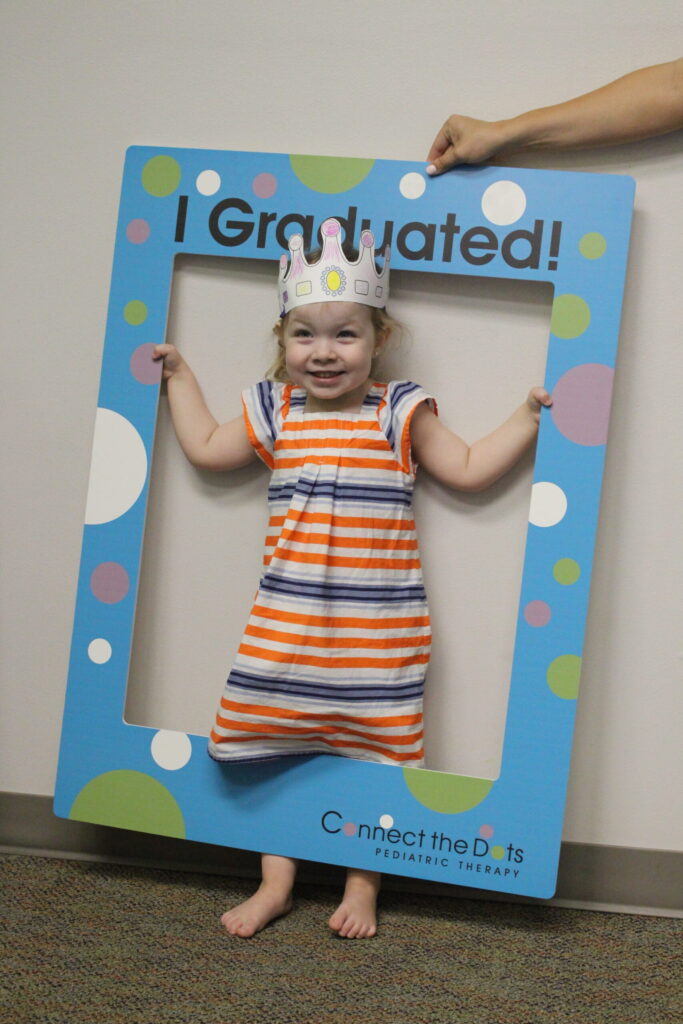You visit your pediatrician for your child’s yearly well child visit and bring up concerns with your child’s development, your pediatrician places a referral to a local occupational therapy (OT) clinic— what now? Maybe you are familiar with occupational therapy or OT, or maybe you have no idea what to expect.
One of the most common questions I get as a pediatric occupational therapist is:
“What is occupational therapy? I did not think kids had jobs!”

So now that you know what OT covers, what should you expect at your initial evaluation?
For the evaluation, plan on arriving at least 15 minutes prior to your scheduled appointment, with your child’s insurance card. If your child is being seen for feeding difficulties, we ask that you bring applicable items from our “feeding checklist for caregivers.”
During the appointment, your attention and participation in the appointment is fundamental to a thorough evaluation.
Your evaluating OT may perform several standardized assessments on your child’s fine motor, visual perceptual, visual motor integration, sensory processing, and executive functioning skills. He/she may also observe how your child moves their hands and body. The OT will ask you and your child (if age appropriate) what some of the challenges are at home and school, and how these challenges affect your day-to-day living. What is amazing about OT is its ability to adapt to your particular child and lifestyle.
The initial evaluation is really about learning and listening to your concerns and coming up with a care plan that reflects your family’s values and top priorities. Your OT may also provide some insight behind why some of these things may be challenging for your child and how they can be addressed through occupational therapy.
For example, let’s say you have a 2 year old that has a limited diet and will only eat chicken nuggets for protein. Your OT may ask you questions about the patterns of your child’s eating habits (i.e. what are their taste and texture preferences?) as well as assess the structural and mechanical aspects of your child’s eating (i.e. chewing, movement of tongue, lips, and cheeks, etc.) and come up with reasoning behind these challenges and collaborate with you and the child to make a plan to increase his/her diet.
As you prepare for your child’s evaluations, we ask that you consider goals that will help your child thrive.

For some families, it is helpful to write down their top priorities and questions to bring to the evaluation.
What comes next?
By the end of the evaluation, your therapist will share whether therapy would be beneficial and if so, the reccomended frequency of appointments. At that time, you can discuss scheduling with our Patient Care Coordinators at the front desk. Some insurance plans may require prior authorization to schedule, in which case we will give you a call once we can proceed.
Following the evaluation, we create a full report including our findings, along with a plan of care for future visits if additional treatment is recommended.
At the first treatment visit, We will present and discuss the results of the evaluation with you and answer any questions you may have.
Now that you have had your initial evaluation, what does treatment look like?

As a therapist, one of my favorite moments is when children are able to accomplish things that are extremely difficult for them with a smile on their face. Treatment sessions will not only reflect your child’s interests, but will also reflect your priorities. OT sessions are like a trial run, where you will problem solve and collaborate with your OT to try out solutions to a problem.
Then, when you go home, you will be able to implement these solutions into your routine to see how they work. I love when families come into my session with a particular issue or challenge they have had that week and we get to work on it together.
Providing client-centered care is not only a hallmark of OT as a profession, but of Connect the Dots as a whole. We pride ourselves on being able to pivot and provide treatment that feels important and worthwhile to our patients and families.
One of the best ways to optimize therapy is to show up, be ready to learn and get involved in sessions.
Therapy differs from typical medical professions in the sense that parent involvement within the clinic and home is essential to making progress. Therapy is not only a once a week one hour time commitment, in order to truly see change, it is important to practice, practice, practice!
I always tell my clients that things that are difficult now become easier with time and effort. Truly committing to the therapeutic process can help your child be successful, and can also serve as a good example of how hard work and dedication is essential to achieving goals.
After completing a course of treatment, your OT will review the goals and progress made with you.
While it varies for each individual, a course of treatment is generally up to 12, hour long appointments occurring on a weekly basis.
After completing a course of treatment, your OT will review the goals and progress made with you. A break may be indicated at this time to see how your child progresses at home with their home exercise program. You may also bring up new concerns that can be addressed through OT or upgrade goals as necessary.
Ultimately, our goal at Connect the Dots and as OTs is to help your child achieve their highest potential.


